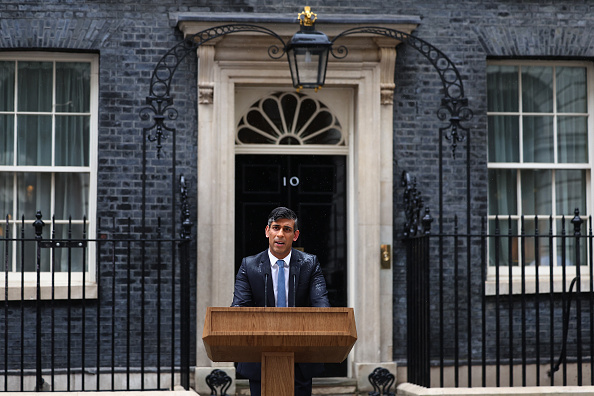Almost two-thirds (65 per cent) of consumers say companies, retailers or brands send them too many irrelevant communications, according to new research.
According to the 2017 Holiday Retail Outlook Report by Conversant, Epsilon and LoyaltyOne, 87 per cent of 25 to 34-year-olds are more likely to shop at a retailer if it gives personalised offers. Just under a third (60 per cent) of younger shoppers want these personalised offers through their mobile device, compared to a fifth (20 per cent) of baby boomers, and 35 per cent of 18 to 24-year-olds also prefer to communicate with retailers via texting.
When it comes to the top influences on shopping habits, the report highlighted key generational differences. Millennials place the most importance on price and value, as well as the functional and emotional aspects of the shopping experience for deciding which brands to buy from. Value for money is also an important consideration for generation X, who also expect innovation that will make their busy lives easier. For baby boomers, functionality is the top influence on where and how to shop.
Elliott Clayton, vice president of media UK, Conversant, comments, ‘Consumers expect a lot more from brands today. They certainly do not want to be inundated with mass, irrelevant communications and it is only by focusing on true personalised communications that brands will be able to build a mutually beneficial relationship with consumers.’
The report also confirms the trend for consumers making purchases across different channels. The majority (80 per cent) of consumers now buy online and have their purchases delivered and 75 per cent compare product prices online. Three quarters (75 per cent) of online sales, excluding Amazon, were from brands with a brick and mortar presence, and just over half (51 per cent) of consumers buy online and pick up in store.
Clayton concludes, ‘Though most consumers are buying online, the purchasing process is still operating across multiple channels. Retailers and brands need to have an ongoing one-to-one conversation with consumers across all consumer devices, including offline. Using data is key for brands to stop just serving up the same ads and instead have tailored messages to reach consumers on an individual level across all channels.’





